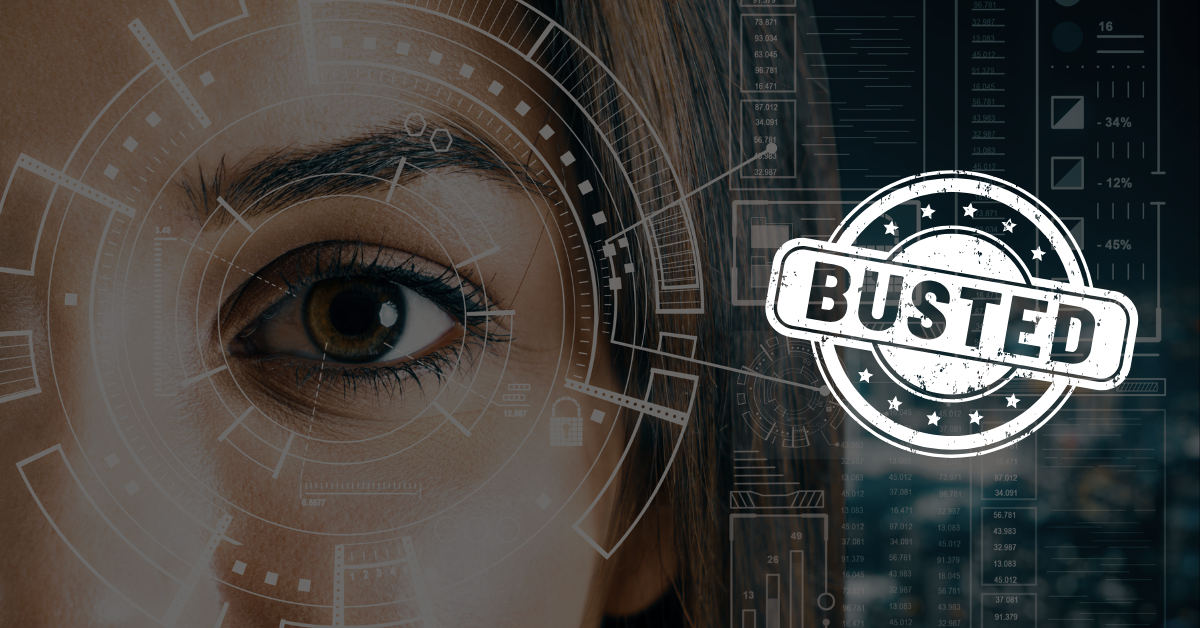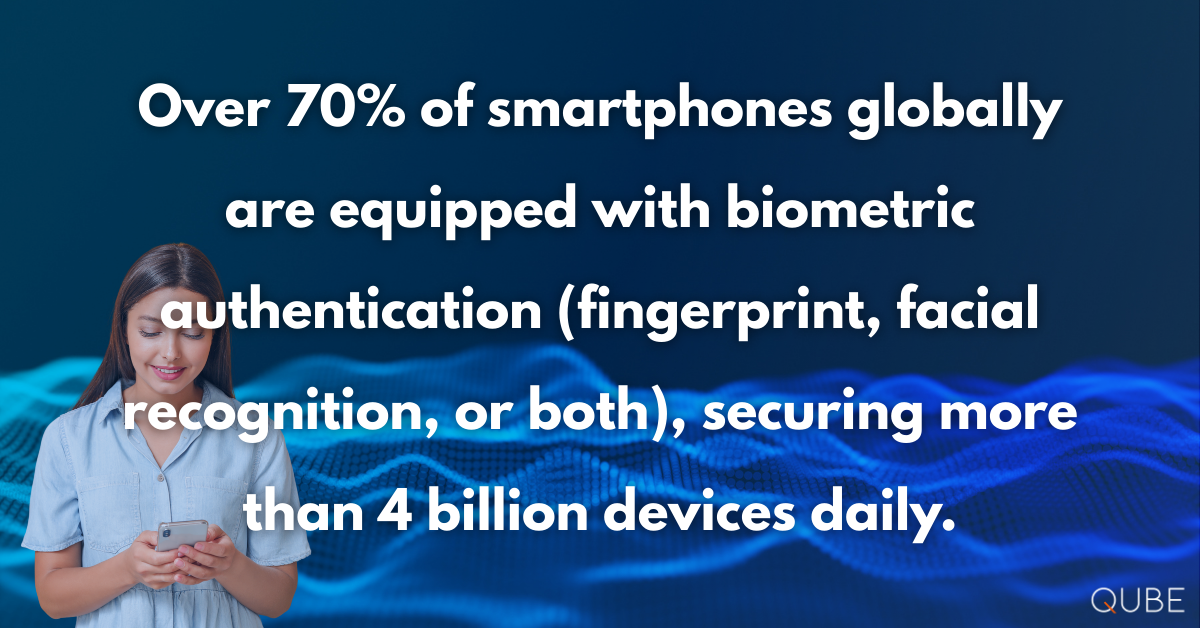Categories
Biometric technology is increasingly integrated into daily life, from unlocking smartphones to securing bank accounts. Yet, misconceptions about how biometrics work and what happens to personal data persist, fueling distrust.
This article addresses common biometric myths, clarifying how these systems operate and why fears about privacy invasions are often misplaced. By exploring the facts, we aim to foster a clearer understanding of this transformative technology.

Biometrics refers to the measurement of unique physical or behavioral traits, such as fingerprints, facial features, or voice patterns, to verify identity. Unlike passwords, biometrics are inherently tied to an individual, making them a powerful tool for security.
Biometric systems capture raw data, convert it into a mathematical template, and use this for comparison during authentication.
Found in devices like smartphones, airport check-in systems, and workplace access controls.
Raw biometric data (e.g., a photo of your face) is not stored; instead, it’s converted into a unique code that cannot be reverse-engineered.
Misinformation about biometrics often stems from a lack of understanding about data handling. Below are some prevalent myths, debunked with clear explanations.
Many believe that biometric systems save images of faces or fingerprints in a database. In reality:
The fear that hackers can steal and replicate biometric data is widespread. However:

Concerns about constant surveillance or data sharing with third parties are common. The truth is:
Some believe that biometric systems are easily tricked by photos, masks, or fake fingerprints. In fact:
There’s a misconception that biometrics are infallible. However:
Despite advancements, myths endure due to several factors:
Sci-fi movies and news stories often exaggerate biometric capabilities, suggesting dystopian surveillance.
The average user may not understand how raw data becomes an encrypted template, leading to assumptions.
General data breaches, though mostly unrelated to biometrics, they can fuel skepticism about digital security.
Some companies fail to clearly explain their biometric processes, leaving room for doubt.
To navigate biometric technology confidently, consider these steps:
Choose devices or services from reputable companies with clear privacy policies.
Be aware of what you’re agreeing to when enabling biometric features.
Combine biometrics with other security measures for added protection.
Keep devices and apps updated to benefit from the latest security patches.
Biometric myths, while persistent, often stem from misunderstandings about how these systems function. By debunking misconceptions—like the idea that your face is stored in a database—we can appreciate the security and convenience biometrics offer. As technology evolves, staying informed and choosing trusted providers ensures that biometrics remain a reliable tool for protecting our digital lives. Let’s move past the myths and embrace the facts.